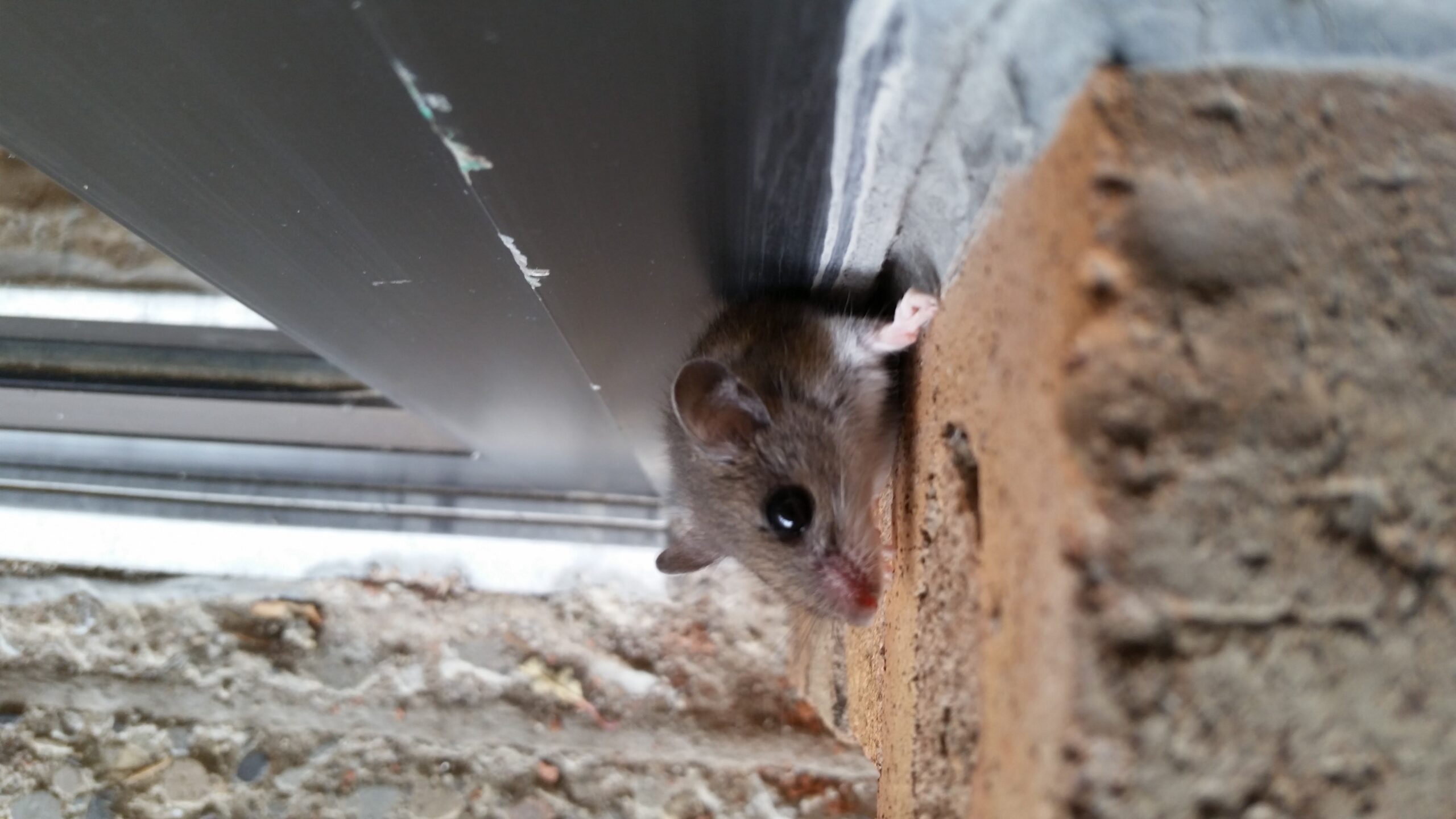
Things You Can Do To Protect Your Home From Mice
Solving a mouse infestation is seldom easy. Mice are incredibly adaptive and persistent pests that create all kinds of headaches for homeowners. Despite this, there are a number of steps you can take to relieve the rodent pressure on your home.
Interior
Once mice have made their way inside a home, they can cause serious damage. In order to keep their constantly growing teeth filed down to a comfortable size, mice are constantly chewing. An infestation of chewing mice can create a serious fire hazard due to chewed and exposed electrical wires, as well as damage the structural integrity of a home. The longer mice stay, the worse the damage becomes. It is important to remember that mice require ready access to food and water sources for survival. Removing food sources will help to significantly reduce the amount of mice that your home can support.
- Store food in metal and glass containers that exclude mice
- Regularly clean spilled food and cooking grease in the kitchen including in hard to reach areas below and behind appliances
- Do not leave pet food out overnight
- Quickly fix and repair any water leaks inside the home
- Be sure to store pet food and seed in the garage inside metal containers
Exterior
Mice are capable of scaling walls to reach the roof, and scurrying into the lowest crack on your home, making it difficult to identify their entry points. With strong teeth that allow them to chew through plastic, aluminum and wood, mice can make small holes at home to make their way in. Exterior damage on homes allows for water and moisture to get inside, while also leaving an entry point for mice to happily get food and return. Around your property there are a number of things you can do to keep mice from moving in on you.
Remove Bird Feeders
This is one of the most important things you can do to reduce the mouse population in and around your property. While many homeowners welcome the sight of birds visiting their yard, the seed that falls to ground is a buffet for hungry mice. When inspecting a home for mice it is very common to find piles of bird seed behind walls and inside the attic. That seed acts as a food source for mice to help them survive inside your home through harsh winters. Removing that source of food will force mice to find their meals away from your home and reduce your chances for infestation.
Regular Lawn Care
Vegetation, wood piles, storage areas and clutter around your home’s foundation act as harbourage areas for mice. Be sure to trim back vines and shrubs close to your home that can damage building materials and create entry points. To help keep them safe from predators, mice prefer to travel next to walls as opposed to wide open spaces. The more open your foundation is the less inviting it will be for curious mice.
Regular Home Maintenance
Regularly inspecting and maintaining your home’s exterior is critical to keeping wildlife out. Mice are opportunists that will take advantage of any openings created by age or weather. Be sure to repair any damage quickly to prevent mice from gaining a foothold.
Call Skedaddle if Mice Get Inside Your Home
By understanding the conditions that mice thrive in we can modify our behaviour and environment to reduce their presence. While DIY solutions can help to prevent mice from getting inside your home, once they are inside, professional help is the only solution. Skedaddle technicians are trained to identify all the entry points mice access on a home, from the highest hole on the roof to the lowest crack on the ground. Once all mice are humanely removed, and the mess they left behind decontaminated, every identified entry point will be sealed shut with galvanized steel screens and wildlife exclusion sealant. These products will prevent mice from entering. Call Skedaddle today to find out how our proven method of removing and excluding mice can work for you.
CALL US TODAY
1.888.592.0387
OR
Request for Services



FOLLOW US